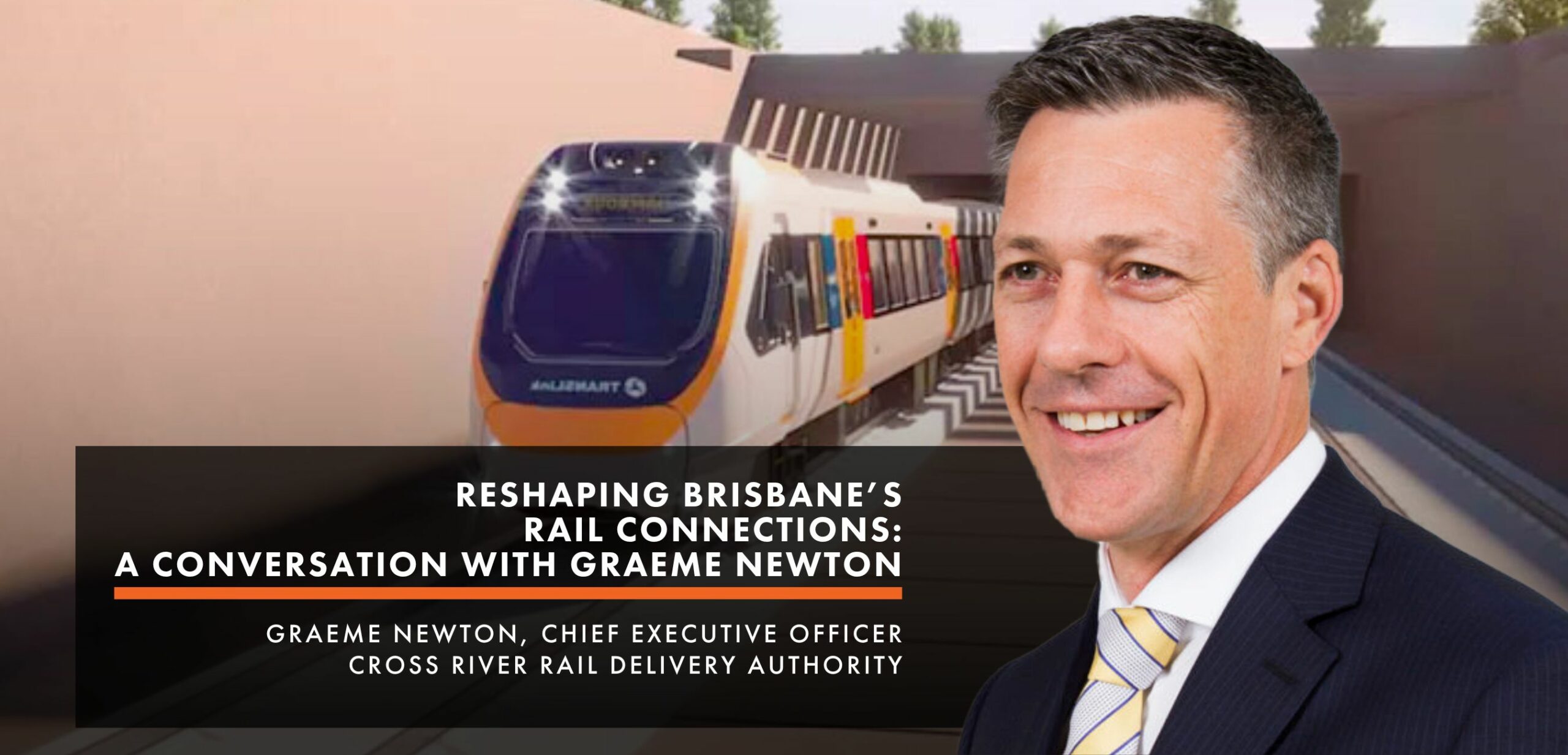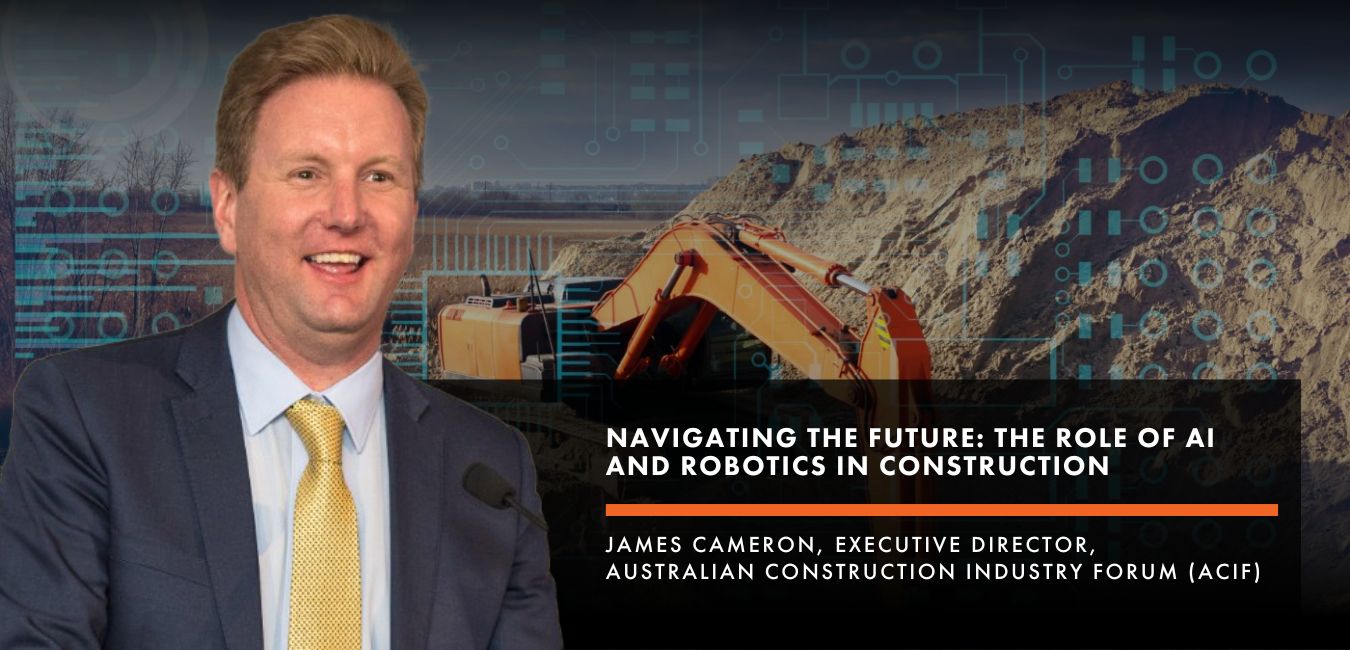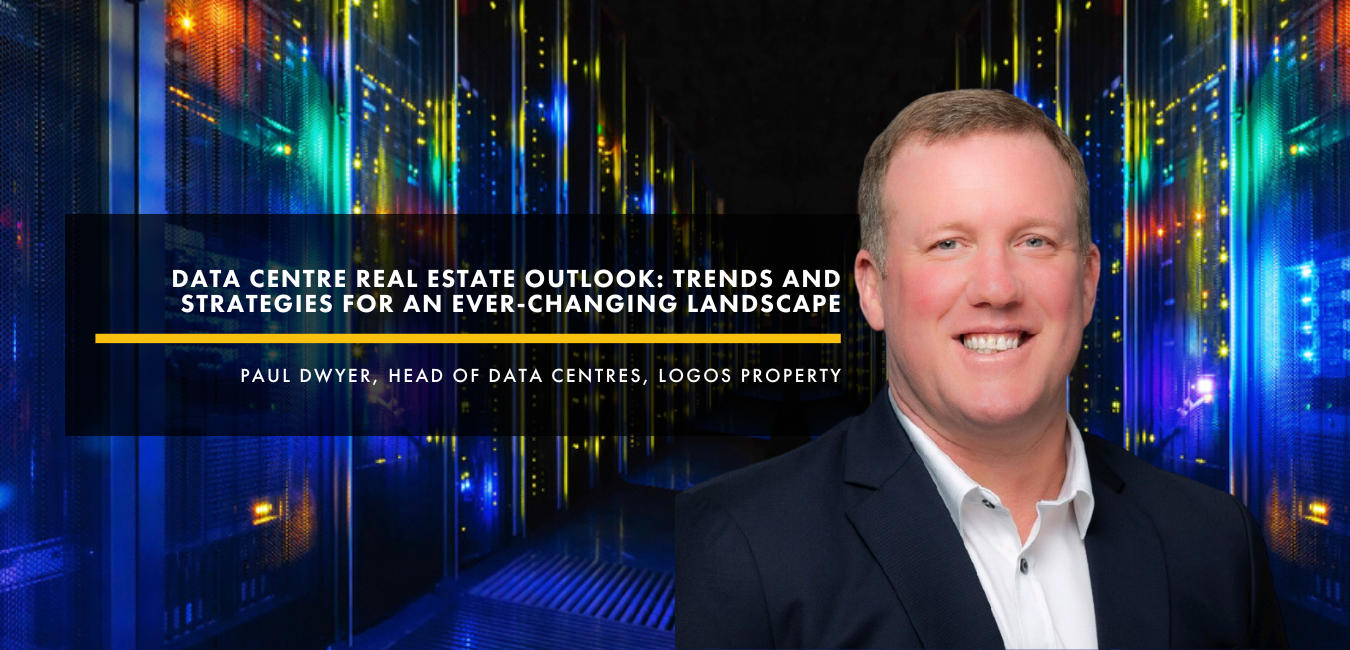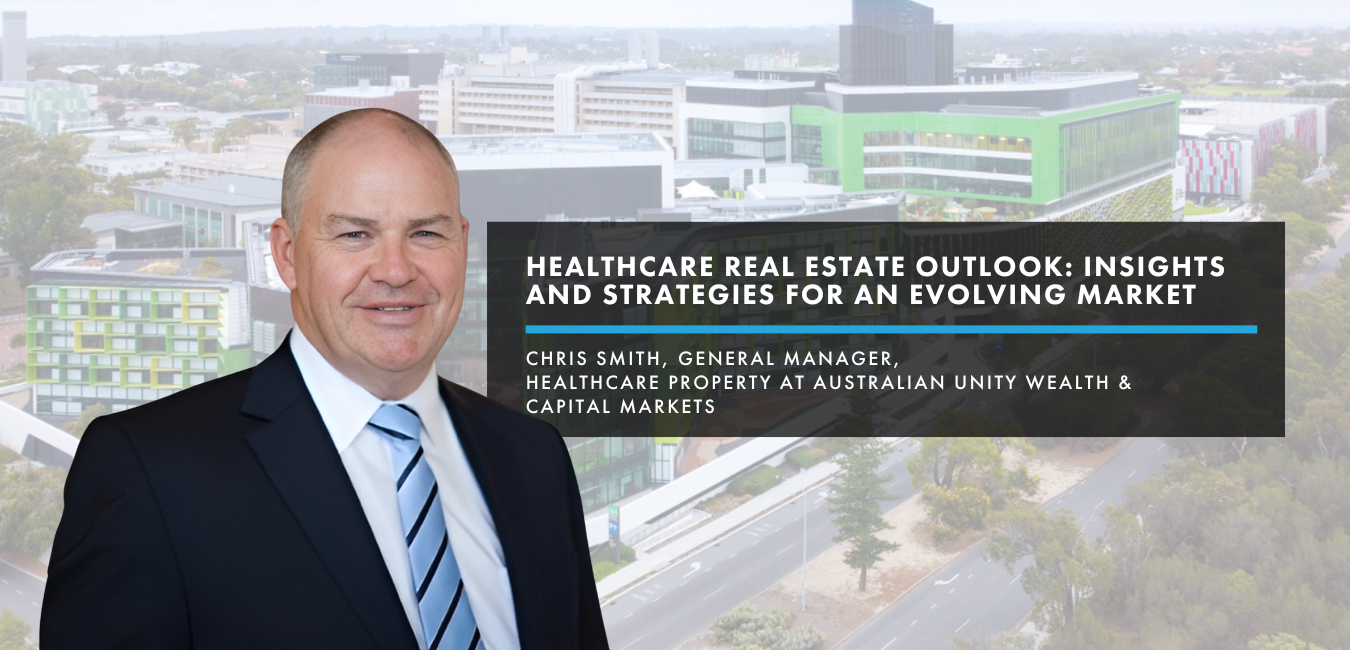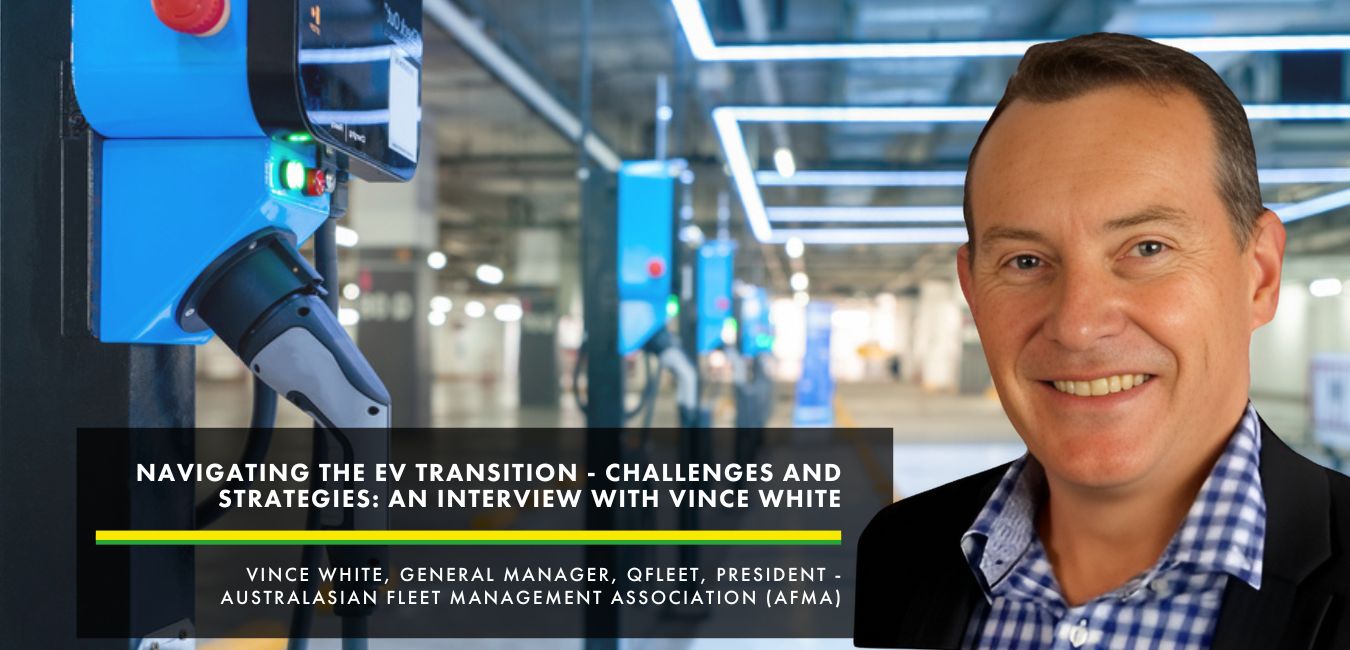Future of Retail Real Estate.
This week we had the wonderful opportunity to speak with Chakyl Camal, an Australian-Mozambican entrepreneur, two-time Olympic swimmer, and Founder & CEO of Panthera Group. At Panthera’s helm, Camal oversees a massive portfolio of retail properties and the digital ecosystems that thrive within them. With such a dynamic background, Camal has forged a strategic eye for developing the optimal shopping center. Keep reading to find out more!
FuturePlace: You proudly refer to yourself as a “businessman.” Are there any skills you honed as a two-time Olympic swimmer that prepared you to become one?
Chakyl Camal: I would say that visualization is the most important one. That is a big exercise that most athletes do, as Olympians or swimmers, because one of the most important pieces of preparation is to imagine that race over and over again in your mind prior to getting to the actual blocks. You play out this circular event in your mind where you walk into the blocks, you put your goggles on, you shake your triceps, you look left and right to the officials, and stand before this beautiful, crystal-clear water. It’s all a very calming process. By the time you’re about to begin the actual race, all of the hesitation and uncertainty has vanished because you’ve lived that moment again and again during your mental ritual.
Visualization is a big thing athletes have to master, but it’s also pretty important in business. There’s different layers of visualization from dreams to milestones to goals that you may have which are necessary for you to get to where you want to go. But by mentally placing yourself in future situations, like a business meeting with a major client, you’ve ensured that when you arrive at that situation, you feel as if you’re already meant to be there.
FP: You have a funny story about how you got your start in business when an associate of yours received a sponsorship for supplements. Care to elaborate?
CC: Oh that’s quite a story! When I was 15 years old, I was attending a sports academy in South Africa. At that time, I pretty much had $50 in pocket money for the whole month. And, you know, that didn’t stretch very far, so it really wasn’t enough.
There was another swimmer in my academy who had just gotten a sponsorship from a supplement company. He got whatever supplement you could think of, but he only needed about 10% of what he got because, you know, you can only take so many supplements.
Now I had come from Mozambique, and even though these supplements were perfectly legal, you couldn’t buy supplements in Mozambique at that time. There were simply no stores that sold them. So I saw an opportunity. I went to the swimmer and offered to buy his excess supplements at half the price you would pay at any other shop. He loved it because he got the supplements for free!
I used to catch a bus from South Africa to Mozambique once a month to visit my family, so I had already become friends with the bus manager. So I filled a suitcase full of supplements, went to the bus terminal for my next visit, and flagged down the bus manager. I said to this guy “listen, I’m going to start doing this. I’m going to be giving you suitcases. I’ve arranged for another guy to pick it up from you when you get to Maputo, and I’m going to give you some money for your trouble.”
Because I had already established a sense of trust with the bus manager and made sure to tip him well, he agreed to the arrangement. So I started selling supplements that way, at double their retail price. I went from having pocket money of $50 a month to $1,000 a month from just doing that. And that was my very first business venture!
FP: What drew you to graduate from supplements to retail real estate?
CC: The fact that it was one of the most accessible real estate types to the community. It’s open to the public, and every other form of real estate is closed off to the public. I love that everyone in the community has access to my projects, it’s what inspires me.
The other thing that pulled me into retail real estate was a book called Pushing the Limits by Jill Margo. It’s the story of Frank Lowry, a refugee who escaped the Holocaust and became a businessman who founded a global shopping center company. I picked up that book at 19 and Frank’s story resonated with me so much that I pointed my focus to developing shopping centers. Actually, ten years after I picked up that book, I was walking through a Financial Review conference and one of the speakers just so happened to be Jill Margo, the author. I couldn’t believe it! I thought Wow, the woman who wrote the book that inspired me is speaking on stage right now! I made sure to personally thank her that day.
FP: You’ve touted omnichannel retailing as a big opportunity for shopping centers, can you describe the difference in the margin of return for retail units that integrate omnichannel versus those that don’t?
CC: Variety, market share, market control, and protection. Why? Because of data. Omnichannel retailers have much more data than non-omnichannel retailers. They are better suited to understand what their customers want, and they can predict where the customers are going to want it from. So commercial awareness is a big component of omnichannel retailers.
Omnichannel retailers are also better equipped to consolidate. As an omnichannel retailer, you have some distributed inventory, you have display inventory, and then you have stored inventory to circulate between distributed and display and on-time accessible. Brick-and-mortar is one of the biggest costs that retailers have today, the store distribution allows them to consolidate that and not rely as much on their brick-and-mortar real estate.
Omnichannel retailers also have the flexibility to enter markets without making as significant of an investment as they would naturally, because there are more cost-effective digital opportunities that they can take advantage of.
FP: Why does Panthera put such a focus on developing lifestyle community centers?
CC: Because lifestyle is the culture of the 21st century. It’s modern culture. If there’s one thing that unites any nationality all over the world, it’s lifestyle. Lifestyle doesn’t adhere to archaic cultural categorizations, so it allows people with different backgrounds to come together with something in common.
FP: Panthera has recently expanded into the energy and solar industry with the expressed purpose to develop micro-grids and embedded networks into Panthera’s properties. Aside from the obvious decarbonization benefits, what makes this foray particularly exciting?
CC: When you’re in a situation like we’re in today where electricity has escalated 350% in the last 12 months, it’s the most valuable commodity in my portfolio. Nothing that I’m investing in, and that includes the shopping centers that I own, is escalating and appreciating at that value. So if you’ve got the ability to extract electricity from the sun, and sell that same electricity to your tenants, it’s a no-brainer.
FP: You’ve described the “shopping center of the future” as one that’s a stratum convenience center underneath a mixed-use building, why is that?
CC: At the moment, the stratum real estate piece is not considered a big part of the shopping center mix. But the reason they are the future of retail real estate is because retail is inherently a big part of lifestyle culture. It’s not so much a sector or a property class as it is human culture. Retail is so much more than an industry because it must be embedded in people’s living environments in order for it to serve people in the best way possible. So the future of shopping centers is really a mixed-use lifestyle building.
One of the biggest things in real estate that’s confusing the institutional-grade and corporate real estate is the linguistics behind “mixed-use.” So when people look at mixed-use as an asset class, they think well, it’s a space with different uses. But it isn’t. Mixed-use refers to an environment with a community of people who are doing multiple things in that environment. That is how people have been wanting to live for a very long time. However, the Industrial Revolution segregated the central business district from the industrial and farming districts, which is how we came to be isolated communities. Now we have the Community Revolution, which is the connectivity of people, and they call it the technology industrial revolution. But it’s really a Community Revolution where people are saying that they want to live together. That revolution is going to impact the built environment.
We’ve come to realize that we’re anti-commuting, so we’re going to start living and working and consuming in a very close proximity. That’s why work-from-home has become very seductive to a lot of people. If people can live near where they work and where they consume, I believe that would be the nirvana for humans going forward. So mixed-use is going to drive urban development, and retail is going to evolve into a major facet of mixed-use environments.
FP: Besides integrating omnichannel solutions, what other strategies do you employ to future-proof a retail setting?
CC: Retail is a culture, but when you turn it into an industry, you turn consumption into a commodity. But a consumer is a human that has other needs than a consumer product. The way forward is to fulfill human needs like putting an end to isolation. Increasing connectivity, increasing education, and increasing socialization are all big objectives that a shopping center has to achieve. A residential apartment building with 200 apartments cannot achieve that. An industrial complex with 50 industrial units cannot achieve that. Why? Because the public does not have access to them. So the shopping center has the unique opportunity to connect humans with one another.
Integrating the community is key to developing a shopping center. In public spaces, the most important members of the community can participate by creating playing spaces for children. Once you have these different spaces and digitize the touchpoints for the whole community, now you have intergenerational socialization happening, which is important because it allows the adults who are taking the children to play the ability to hang out, maybe they all go out to lunch or maybe they decide to go shopping, but developing infrastructure for the whole family allows every one of them to participate, not just consume but participate, in the community consumer journey.
Malls of the Future Summit
Panthera Group is proudly supporting the Malls of the Future Summit, taking place on 1 March 2023. Showcasing the most revolutionary developments taking place internationally and across Australia, it will explore the factors driving investment in innovative new build and redeveloped shopping malls/precincts that are going beyond the norm and offering a more personalised customer experience.


